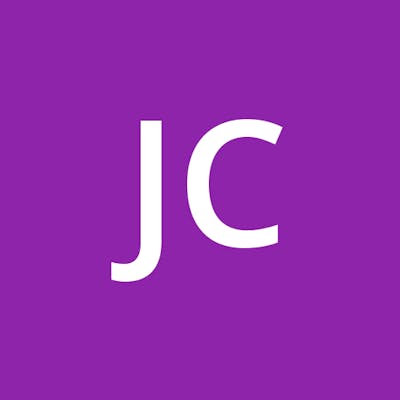Scrum is a framework to help teams work together. Like sports teams, where it takes its name from training for big games, it encourages teams to learn from experience, organize themselves, tackle problems together, and think about their wins and losses to improve. Scrum is often used by software development teams because its principles and teachings can be applied to any type of teamwork. That's one of the reasons why Scrum is so popular.
Scrum is a framework to do work with an agile mindset. People often think of Scrum and Agile as the same thing, but Scrum focuses on continuous improvement, which is a core principle of Agile. You can't become agile overnight, and it requires the commitment of the entire team to change the way they think about adding value to their customers. When thinking about agile project management frameworks, Scrum describes a set of meetings, tools, and roles that work together to help teams structure and manage their work. You can use a framework like Scrum to help you think and practice this way, incorporating agile principles into your daily communication and work.
Working of Scrum Framework
The Scrum Framework is structured so that teams can adapt to changing conditions, user needs, reprioritization of the build process, and short release cycles so that your team can learn and improve. Scrum is structured in such a way that it is not rigid. Their implementation is tailored to the needs of the organization. It recognizes that teams do not know everything at the start of a project and develop with experience. It has heuristics and is based on continuous learning, adaptation, and fluctuating factors.
There are many theories about how a scrum team should work to be successful. We have learned that clear communication, transparency, and a commitment to continuous improvement should be at the heart of the framework you choose. The rest is up to you.
What are the Artifacts of Scrum?
Let's start by identifying the three artifacts of Scrum. In Scrum, this is the product backlog, the sprinting backlog, and the increase that act like these points. These are the three constants of the scrum team that we will continue to focus on and invest time on. Artifacts are how we make tools to solve problems.
- Product Backlog
The primary list of work to be done and maintained by the product owner or product manager. It is a dynamic list of features, requirements, improvements, and fixes that serve as input to the Sprint Backlog. The product backlog is the to-do list of the teams.
Product residues are reviewed, reprioritized, and kept by the product owner as we learn more about market changes, items no longer relevant or problems that can be resolved in other ways.
- Sprinting Backlog
A list of elements (e.g. User stories, bug fixes) selected for implementation in the current sprint cycle by the development team. Sprint residues can be flexible and evolve with each sprint. During a sprint or sprint planning meeting (which we will discuss later in this article), the team selects items from the product inventory that they will work on during the sprint. The basic sprint goals that the team wants to achieve in the current sprint should not be compromised.
- Increase
You may not have heard the word "increment" in the world, but it refers to the definition of teams, what to do in the milestones between the sprint goal, and the full version that ships in Epic. It depends on how your team defines "done" and how you define your sprint goal. For example, some teams decide to pass everything on to their customers at the end of the sprint. Your definition of done is sent out. It's not realistic for other teams.
Suppose you are working on a server-based product that is delivered to your customers quarterly. If you decide to work in 2-week sprints, your definition of "finished" is finished parts of the larger version you want to ship. And the longer it takes to release the software, the higher the risk of it missing the mark.
Conclusion
The scrum framework itself is very simple. Rules, artifacts, events, and roles are easy to understand and do. Its semi-prescriptive approach helps to eliminate ambiguities in the development process and gives companies sufficient space to bring their individual flavors into the process.
The organization of complex tasks in manageable user stories makes them ideal for difficult projects. Quick releases keep teams motivated and users happy because they can see progress in a short time. A clear distinction between roles, plans, and events ensures transparency and collective ownership of development processes.
Scrum takes time to understand and for the development team to get used to the typical waterfall model. But the long-term benefits far outweigh the initial learning curve. Scrum is successful in developing complex hardware and software products for a wide variety of vertical industries, making it a compelling framework to deploy in your organization. The concepts of small iterations, daily scrum meetings, and sprint assessments have been identified by scrum masters as the most challenging culture change for new teams.

